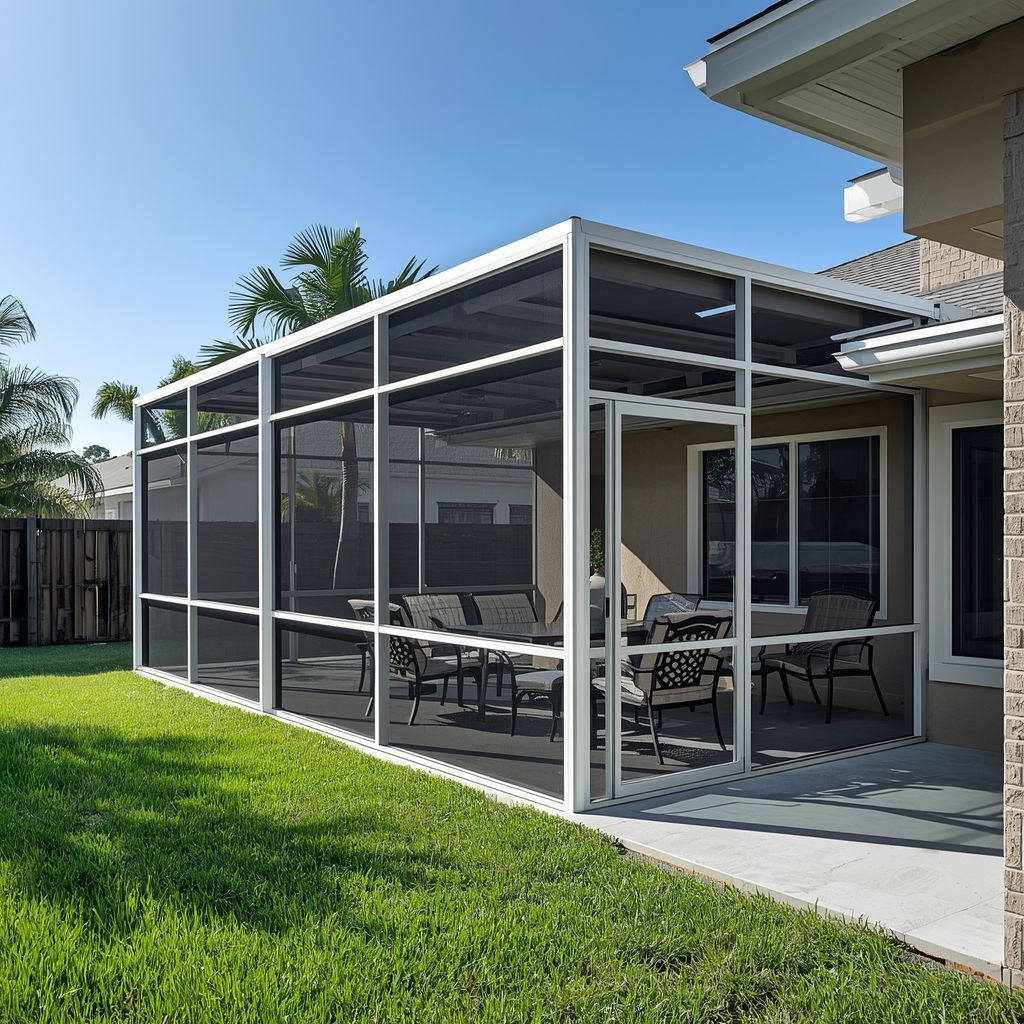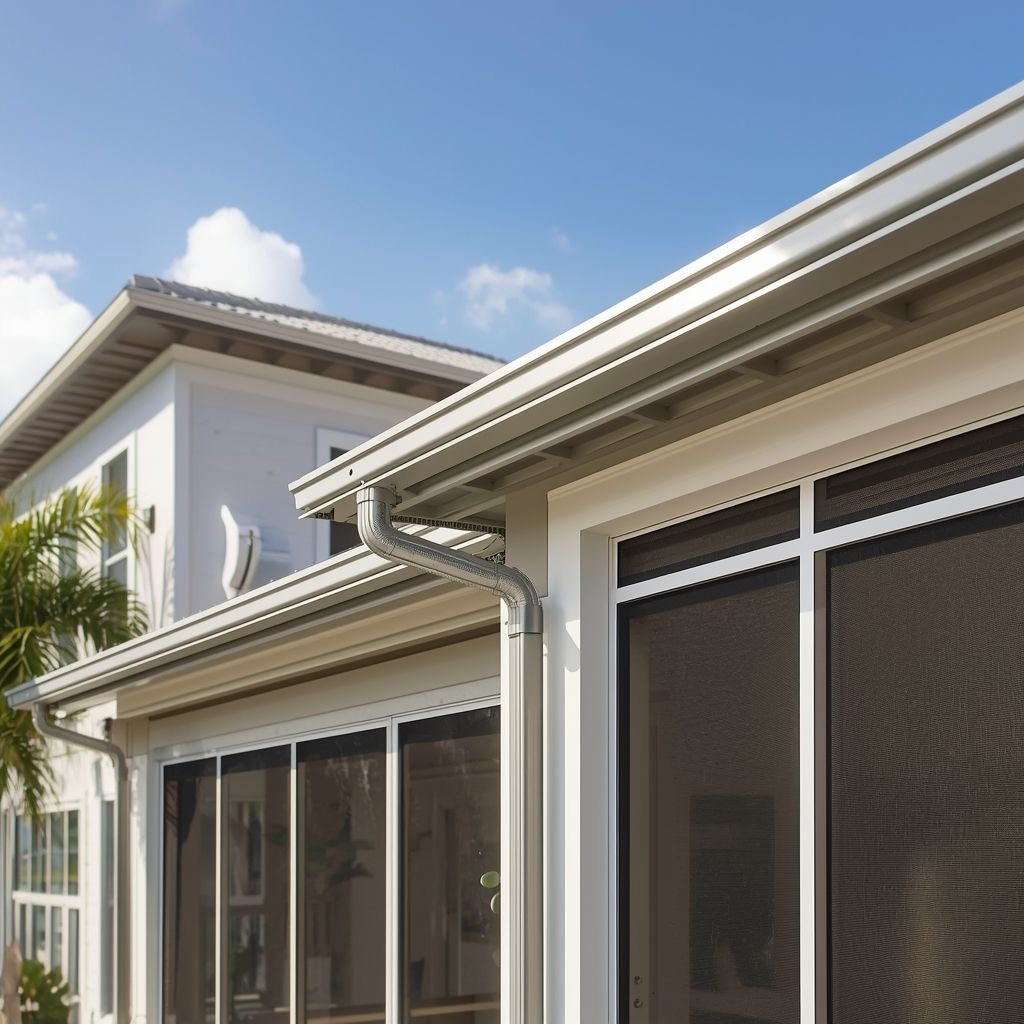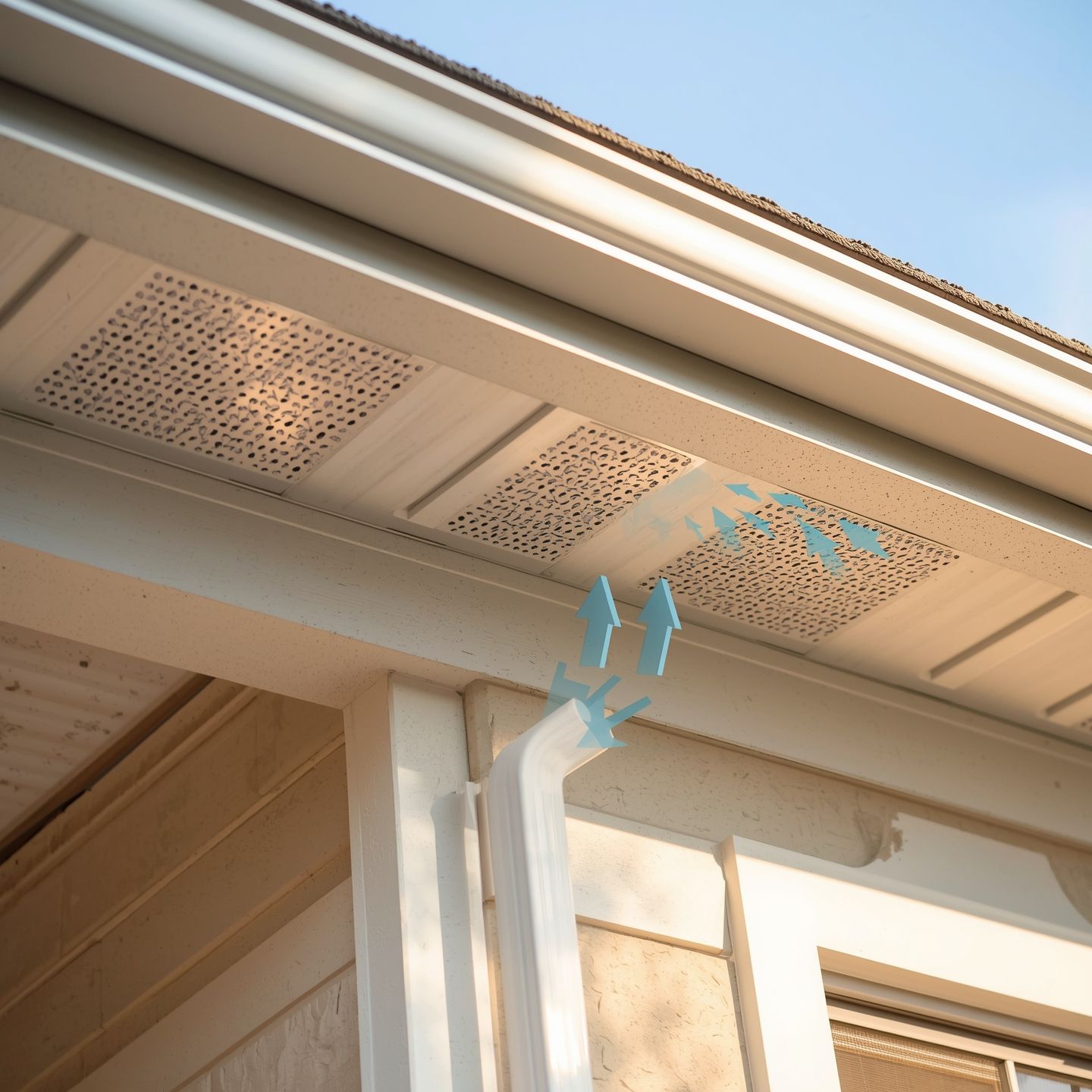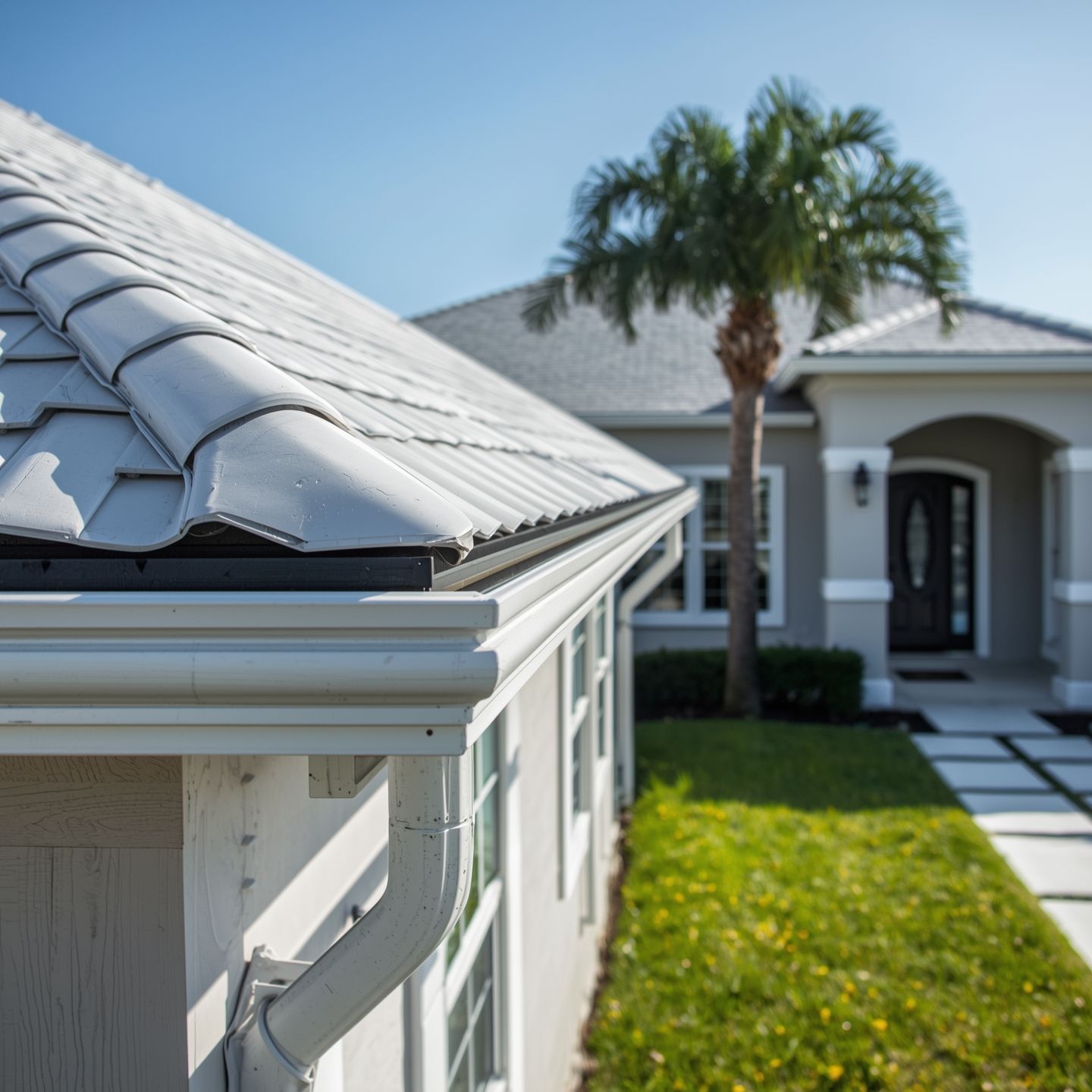Understanding Gutter Pitch and Its Importance in Managing Rainwater
When it comes to protecting your home from water damage, the role of gutters can't be overstated. While most people understand the basic function of gutters – to channel water away from the foundation of a home – the concept of 'gutter pitch' is less commonly known. Yet, it plays an integral role in the efficiency of a gutter system.
What is Gutter Pitch?
The term 'pitch' in gutters refers to the slope or angle at which the gutter is set, ensuring the effective flow of water towards the downspouts. Unlike a shelf or a table that's designed to be level, a gutter is intentionally set at a slight incline. This is the gutter's pitch.
To clarify, when we talk about the gutter here, we mean the channel that runs across the roofline. It’s this extended path along your roof that ensures rainwater is collected over the entire span of the structure and directed appropriately.
Why is Gutter Pitch Important?
- Effective Water Drainage: The primary purpose of having a pitch in your gutter is to promote the flow of rainwater. Without an appropriate slope, water might stagnate, which can lead to several issues such as mold growth or structural damage.
- Prevents Debris Accumulation: A stagnant gutter becomes a catch-all for leaves, twigs, and other debris. Over time, this can create blockages. A pitched gutter, on the other hand, helps to minimize this accumulation, as the flow of water can carry some of this debris towards the downspouts.
- Protects Your Home's Foundation: By ensuring that water doesn't pool but instead flows away from your house, pitched gutters are essential in preserving the foundation of your home. Overflowing or stagnant water can lead to soil erosion around the foundation, which in turn can cause structural issues.
- Aesthetic Appeal: While this might seem trivial in comparison to the functional benefits, a correctly pitched gutter looks better. Water stains, mold growth, and debris accumulation are not just problems in their own right, but they can also mar the appearance of your house.
Getting the Pitch Right
Getting the gutter pitch correct is crucial. Too steep a pitch might cause water to rush down too quickly, potentially overflowing at the elbows or junctions. Too shallow, and you're back to the problem of stagnant water. Generally, for every 10 feet of gutter, a slope of at least ¼ inch is recommended, though this can vary based on specific circumstances and regional rainfall patterns.
Conclusion
While gutters might appear as simple channels, the science and precision behind their installation, particularly concerning their pitch, is crucial for their proper function. The next time it rains, take a moment to observe the flow of water through your gutters. If it's flowing smoothly without any pooling or overflow, you can likely thank a well-calculated gutter pitch!














